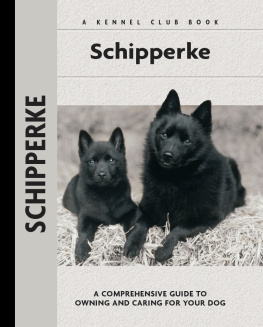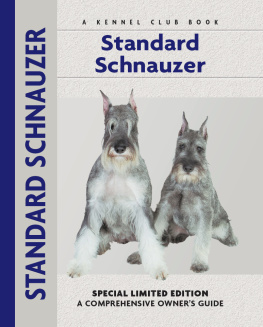K ENNEL C LUB B OOKS S CHIPPERKE
ISBN 13: 978-1-59378-281-8
eISBN 13: 978-1-59378-635-9
Copyright 2005 Kennel Club Books An Imprint of I-5 Press A Division of I-5 Publishing, LLC
3 Burroughs, Irvine, CA 92618 USA
Cover Design Patented: US 6,435,559 B2 Printed in South Korea
All rights reserved. No part of this book may be reproduced in any form, by photostat, scanner, microfilm, xerography or any other means, or incorporated into any information retrieval system, electronic or mechanical, without the written permission of the copyright owner.
10 9 8 7 6 5 4 3 2 1
Photography by:
Mary Bloom, Booth Photography, Paulette Braun, Callea Photo, Wayne Cott, Isabelle Franais, Carol Ann Johnson, Bill Jonas, Kemp Photography, C. and H. G. Knebel, May-He-Co/California, Antonio Philippe, Charles Pikulinsky, Dr. Robert Pollet, Alice Roche, Greg Smith, Luis Sosa, Karen Taylor, Michael Trafford, Alice van Kempen, ,Bette Wynn and Mike and Sue Young.
Illustrations by Rene Low and Patricia Peters.
The publisher wishes to thank all of the owners of the dogs that are featured in this book.
Contents

Meet the little skipper or little shepherd of Belgium and explore the Schipperkes origin and history on the Continent, followed by its spread to the UK and then across the Atlantic. Guest author Bette Wynn provides a special section on the breeds history in the US.
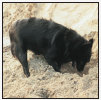
Investigate the many unique qualities of the Schipperke, including its character, temperament and physical traits. Find out if the Schipperke is the breed for you by understanding its intelligence, sociability, pet qualities, drawbacks and much more.

Gain an understanding of the breed standard. Learn the requirements of a well-bred Schipperke by studying the description of the breed and comparing breed standards of different countries. Both show dogs and pets must possess key characteristics as outlined in the breed standard.

Find out about how to locate a well-bred Schipperke puppy. Discover which questions to ask the breeder and what to expect when visiting the litter. Prepare for your puppy-accessory shopping spree. Also discussed are home safety, the first trip to the vet, socialization and acclimating the pup to his new home.
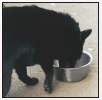
Cover the specifics of taking care of your Schipperke every day: feeding for the puppy, adult and senior dog; grooming, including coat care, ears, eyes, nails and bathing; and exercise needs for your dog. Also discussed are ID, safe travel and boarding.

Begin with the basics of training the puppy and adult dog. Learn the principles of house-training the Schipperke, including the use of crates and basic scent instincts. Get started by introducing the pup to his collar and leash and progress to the basic commands. Find out about obedience classes and other activities.

By Lowell Ackerman DVM, DACVD
Become your dogs healthcare advocate and a well-educated canine keeper. Select a skilled and able veterinarian. Discuss pet insurance, vaccinations and infectious diseases, the neuter/spay decision and breed-specific hereditary problems. Also discuss an effective plan for parasite control, including fleas, ticks and worms.
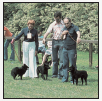
Step into the center ring and find out about the world of showing pure-bred dogs. Heres how to get started in AKC conformation shows, how they are organized and whats required for your dog to become a champion. Also take a leap into the realms of competitive performance events: obedience, agility and tracking.

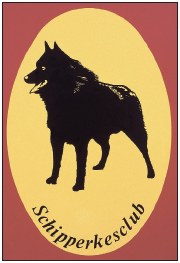
The Schipperke, a Flemish name pronounced skip-er-kay, is a Belgian breed, as can be seen from the emblem of the Belgian specialty club, bearing the colors of the nations flag.
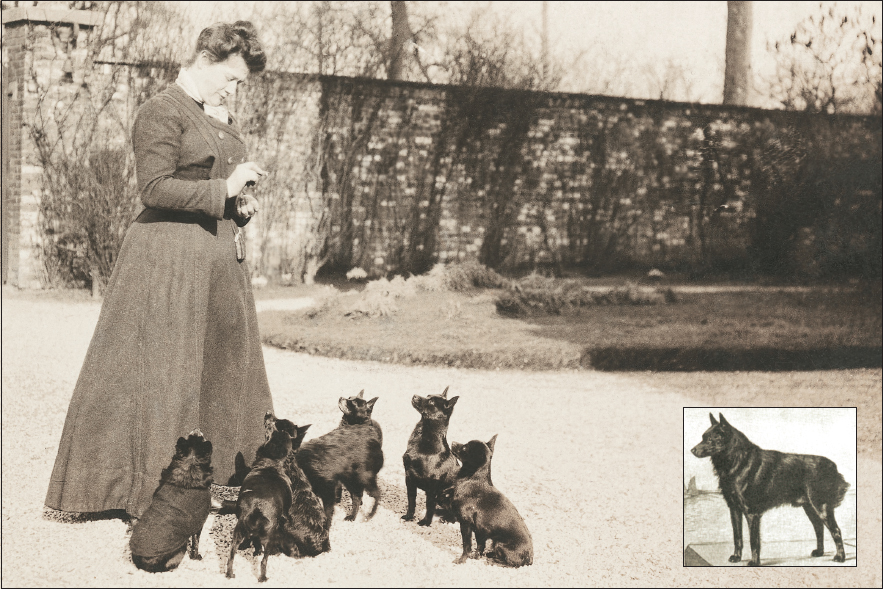
Belgian Queen Marie-Henriette, wife of King Leopold II, helped her favorite breed become fashionable around 1885. This lady in a belle poque dress was at the height of fashion with her clan of Schipperkes. INSET: Engraving from Chasse et Peche by A. Clarys of Schipperke Exter Albert, born in 1895 and bred by F. Reusens, who was known as the Father of the Schipperke.
Physical Characteristics of the Schipperke
(from the American Kennel Club breed standard)
Skull: Of medium width, narrowing toward the muzzle.
Ears: Small, triangular, placed high on the head.
Eyes: Small, oval rather than round, dark brown and placed forward on the head.
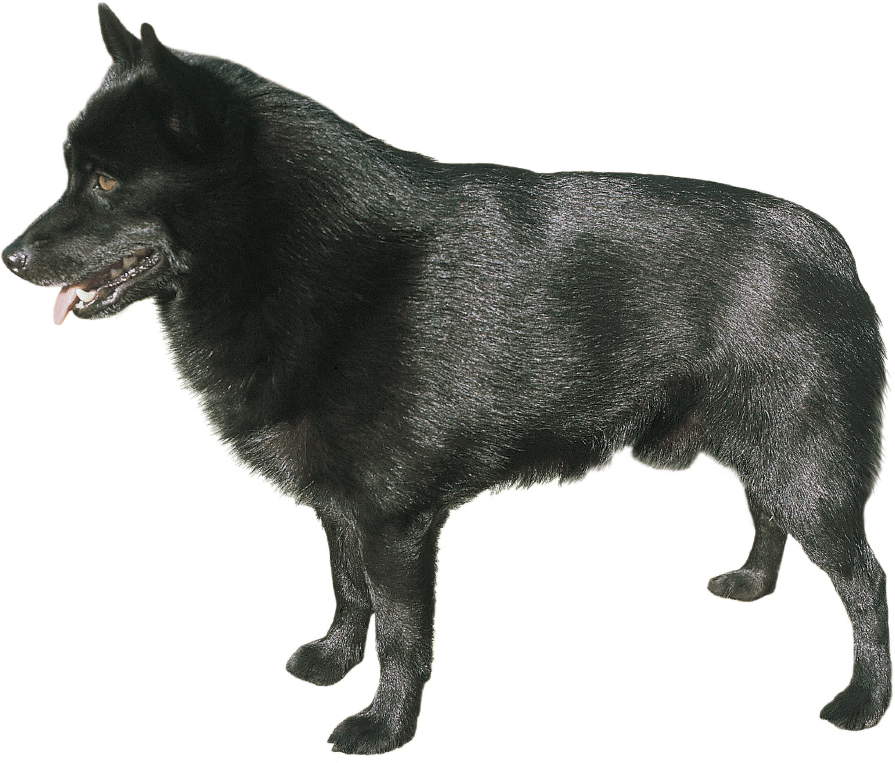
Stop: Definite but not prominent.
Nose: Small and black.
Bite: Must be scissors or level.
Chest: Broad and deep, and reaches to the elbows.
Forequarters: The shoulders are well laid back. From the side, legs are placed well under the body. Pasterns are short, thick and strong, but still flexible, showing a slight angle when viewed from the side. Feet are small, round and tight.
Neck: Of moderate length, slightly arched and in balance with the rest of the dog.
Topline: Level or sloping slightly from the withers to the croup.
Proportion: Square in profile.
Hindquarters: The hindquarters appear slightly lighter than the forequarters, but are well muscled, and in balance with the front. The hocks are well let down and the stifles are well bent.
Color: The outercoat must be black.
Coat Texture: Abundant, straight and slightly harsh to the touch. The softer undercoat is dense and short on the body and is very dense around the neck, making the ruff stand out.
Size: The suggested height at the highest point of the withers is 1113 inches for males and 1012 inches for bitches.

As with many breeds, the origin of the Schipperke, nicknamed the Schip or affectionately called the little black devil, is mysterious, buried in the shadows of history. Nevertheless, much reliable historical information is available, although some statements pertaining to the breeds name and ancestry are still debatable. Other stories, such as the tale about the docking of the tail, for the greater part, belong to the folklore surrounding the breed.
Next page
